Survival Stories
Survive Apocalypse in Style: South Dakota’s Bunker Community Boom
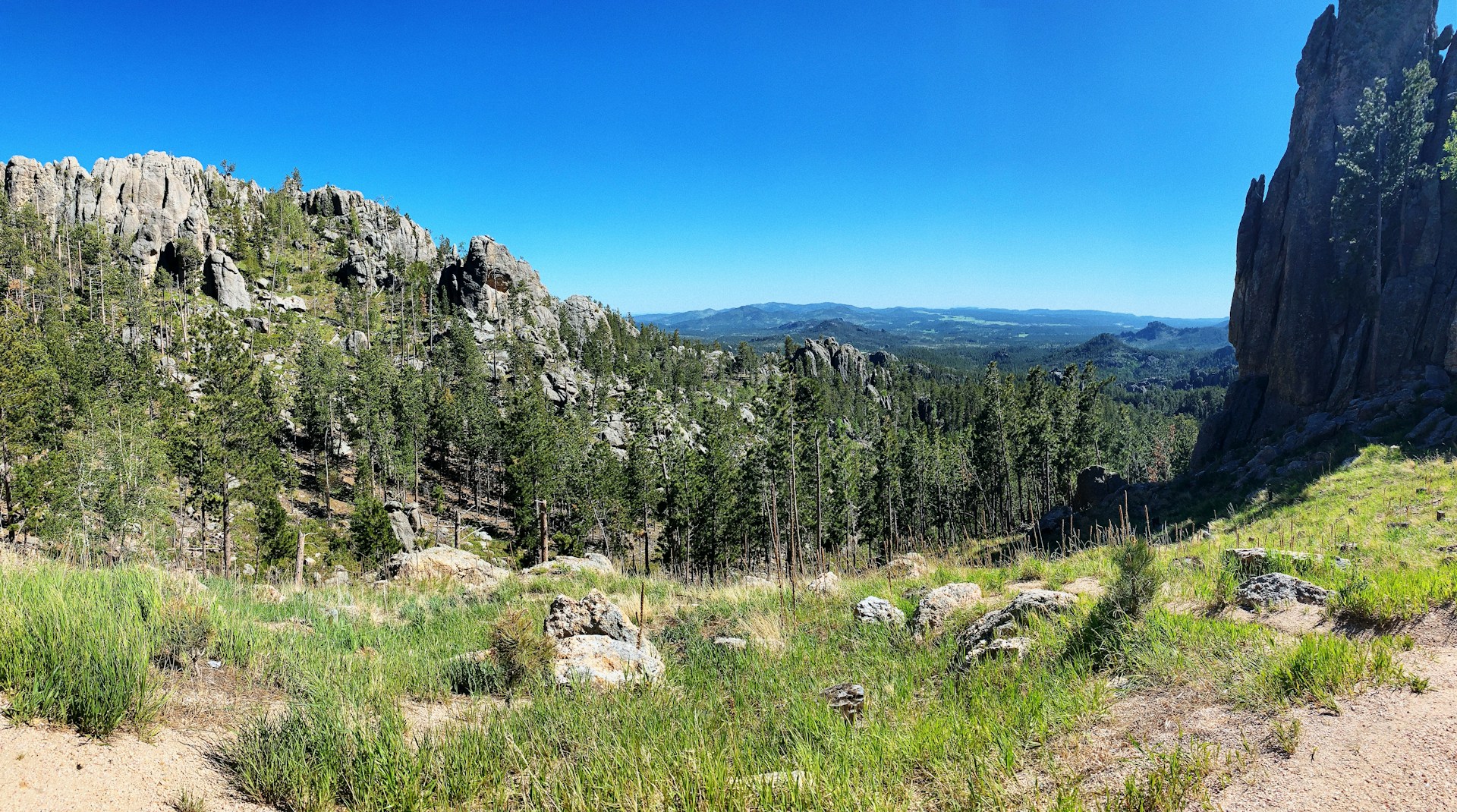
Nestled deep within the Black Hills mountain range of South Dakota, a former army base stretches across 18 miles, now transformed into a community of livable bunkers. This is not a relic of the past, but a thriving community designed to house up to 10,000 people. Once used to store bombs and munitions from 1942 to 1967, these bunkers have been repurposed to provide life-saving shelter as part of the Vivos xPoint community.
The concrete and steel homes, which can be acquired for $55,000 plus an annual ground rent of $1,091, are part of what Dante Vicino, the executive director of the business, describes as an “epic humanitarian survival project.” He explains, “Vivos, now known as an epic humanitarian survival project, is fully prepared for whatever and whenever events may unfold.”
Contrary to what some might think, the residents of this doomsday community are not extreme preppers or the ultra-rich. “Our members are neither ‘preppers’ nor the ‘elite one per cent,’ but rather well-educated, average people with a keen awareness of the current global events and a sense of responsibility knowing they must care for and protect their families during these potentially epic and catastrophic times,” says Vicino. The economic profile of the members is diverse, ranging from lower middle-class incomes to high-net-worth individuals.
Vicino continues, “Vivos is the Plan B backup plan for their life assurance when all hell breaks loose – they view Vivos as a solution when it is needed. When everyone else is scrambling for a solution, our members will journey to their designated shelter, joined by hundreds of like-minded people, all prepared to lock the blast door and ride out whatever threats may be going on above.”
The bunkers are designed for a minimum of one year of autonomous operation without the need for residents to return to the surface. This is a feature that has become increasingly attractive in the wake of current global events. “As a result of the current Covid threat, the Ukrainian war and the ripple of subsequent consequences, the demand for Vivos has exponentially grown,” Vicino states.
“People are sensing that World War Three is about to break loose, from Russia to China, and the Middle East. We are living in very dangerous times, making the need to have a life-assurance shelter solution a must-have, for those who want to survive these extinction-level events, and to have the opportunity to emerge safely thereafter on the other side.”
The Vivos xPoint community prides itself as one of the safest places in North America, within a 24-hour drive from virtually all points within the United States. The semi-subterranean structures come unfurnished and can be used either as a primary residence or a home away from home. Various configurations are available, with the largest bunker able to accommodate 24 people. The community also boasts several communal spaces including a cinema, gym, and garden area.
In the wake of the pandemic, interest in the Vivos xPoint community has surged. “Inquiries and applications are up over 2,000 per cent year over year, plus sales are up over 300 per cent and growing exponentially,” says Vicino. “Everyone seems to be jumping off the fence and wanting an immediate survival solution.”
However, becoming a member of this unique community is not a simple process. Prospective residents must apply for membership by detailing skills and areas of expertise that would prove useful should the worst happen. The best candidates are then selected from the membership pool and invited to join the community.
Vicino concludes, “Vivos is not merely about concrete, steel and blast doors. It is about having a backup plan for mankind to survive and for families to have the opportunity to potentially be part of a like-minded community as these events unfold.” The company is currently also building Vivos Europa located in a mountain in Germany.
Our Thoughts
The concept of the Vivos xPoint community is fascinating, a perfect melding of history, survivalism, and community. It’s a testament to preparedness, not just for personal survival, but for the preservation of humanity in the face of potential disasters.
The price tag on these bunkers isn’t negligible, yet it’s not exclusive to the ultra-rich. This speaks volumes about the value individuals place on their safety and well-being.
What stands out is the diversity of the community. It’s not just for the elite or extreme survivalists, but for ordinary folks who understand the uncertainty of our times. This dispels the stereotype of survivalists as fringe figures, painting them as pragmatic individuals instead.
The community’s focus on skills and contributions is commendable. It’s not just about surviving, but thriving and rebuilding, should the worst happen.
Finally, the surge in interest is a clear sign of the times. Whether driven by fear or foresight, it seems more people are considering the possible need for such a survival solution. One can only hope that it will never be necessary.
Let us know what you think, please share your thoughts in the comments below.

Survival Stories
Rep. Mace’s Capitol Encounter Sparks Controversy and Legal Battle

James McIntyre, a 33-year-old from Illinois, has pleaded not guilty to a misdemeanor assault charge following an incident involving Rep. Nancy Mace on Capitol grounds. The alleged encounter occurred on a Tuesday night, leading to McIntyre’s arrest for reportedly assaulting a government official.
The incident unfolded when McIntyre approached Rep. Mace and offered to shake her hand. According to a police affidavit, two witnesses observed the interaction and described McIntyre as a man in his forties. When Mace extended her hand, McIntyre allegedly clasped it with both hands and “shook her arm up and down in an exaggerated, aggressive hand shaking motion.”
Witnesses managed to identify McIntyre through an internet posting, providing his name and photo to the U.S. Capitol Police. Mace corroborated the witnesses’ accounts, stating that she attempted to withdraw her hand but was unable to do so. She reported feeling intimidated and experienced pain in her wrist, arm, and shoulder following the encounter.
During the aggressive handshake, McIntyre reportedly stated, “Trans youth deserve advocacy.” Mace refrained from responding during the incident, later expressing her shock and discomfort.
After the event, Mace took to social media to inform her followers of the situation.
“I was physically accosted tonight on Capitol grounds over my fight to protect women. Capitol police have arrested him,” Mace shared in a post on X. “All the violence and threats keep proving our point. Women deserve to be safe. Your threats will not stop my fight for women!”
She continued to discuss the incident on social media, revealing in one post that she had spoken with President-elect Trump.
“Thank you, Mr. President, for checking in on me and standing up for women,” Mace wrote. “We cannot wait to see you back in the White House.”
In another post, she shared an image of herself with her arm in a sling, highlighting the physical impact of the encounter.
The incident comes amidst Mace’s outspoken opposition to transgender individuals using bathrooms that do not align with their biological gender. She has been particularly vocal against Rep.-elect Sarah McBride, a Democrat from Delaware, using the women’s restrooms on Capitol Hill.
Mace has reported receiving death threats and feels she is being “unfairly targeted” for her stance. Her proposed resolution, H.R. 1579, aims to restrict bathroom use in the House to facilities matching one’s biological sex.
Following McIntyre’s arraignment in the Superior Court of the District of Columbia, a magistrate judge ordered his release. Meanwhile, Mace’s office has not provided an update on her condition.
Let us know what you think, please share your thoughts in the comments below.
Survival Stories
Unseen Advantage: Law Enforcement’s Rapid Adoption of Optics

In the world of law enforcement and survival, the ability to quickly and accurately assess a situation can make all the difference. This is why the rapid adoption of optics by law enforcement agencies is hardly surprising. These tools provide a wealth of visual information, aiding in making more informed decisions. A key factor in the selection of these optics is the window size, but it seems that co-witness sights, which can sometimes occupy half of the entire optic window, often don’t receive the attention they deserve.
“Without question, the speed with which LE agencies have adopted optics is testament to the advantage they offer: more visual information that yields better decisions.”
Interestingly, suppressor height sights are frequently paired with optics. To comprehend why this particular sight remains a popular choice when selecting co-witnessing sights, we must journey back in time. Around 2009, shooters, both professional and non-professional, began to repurpose a solution initially designed for Close Quarters Battle (CQB) rifle work for use on pistols.
The Trijicon RMR, a compact electronic optic, was a welcome alternative to the larger optics typically seen on competition pistols. Its smaller size offered more holster options, less likelihood of snagging in the field, and a more robust window and housing. As a result, it addressed many of the issues raised by professional users, leading to a shift towards an optics sighting solution within the firearms community.
“The smaller footprint meant more holster options, less to get caught on while in the field, and a less delicate window and housing.”
This shift was spearheaded by individuals in the military, law enforcement, defensive firearms instruction, and competition professionals. With the introduction of these optics, performance improved, and new shooters were able to develop accuracy and speed more quickly. The instinctual focal plane response to stress, which previously had to be trained out, could now be utilized as an asset by Firearms Instructors working with students who had optics on their pistols.
“Performance increased, accuracy and speed developed sooner with new shooters, the intuitive and instinctual focal plane response to stress no longer needed to be trained out—and instead, the threat-focus could now be an asset used by Firearms Instructors working with students who had optics on their pistols.”
As the popularity of optics grew, the aftermarket and firearms manufacturers responded by supporting this “new” sighting system. However, one critical component of the system was often overlooked: the back-up sights. This oversight highlights the need for a comprehensive approach to firearm optics, one that considers all elements of the sighting system to ensure optimal performance and safety.
Our Thoughts
The adoption of optics in law enforcement is a testament to the technology’s effectiveness. It’s no surprise that tools that enhance visual information, thus enabling better decision-making, have become a staple in the arsenal of law enforcement agencies.
The rise of the Trijicon RMR is particularly noteworthy. Its compact size and robust design addressed many of the practical concerns of professional users, leading to a broader acceptance of optics as a sighting solution.
The benefits of these optics extend beyond their practicality. They have brought about a shift in the training of new shooters, turning the instinctual focal plane response to stress into an asset rather than a hurdle to overcome. This has undoubtedly contributed to the improved performance observed among new shooters.
However, the focus on the main optic often results in the neglect of back-up sights. This is a reminder that a comprehensive approach to firearm optics is necessary to ensure optimal performance and safety. After all, a tool is only as good as the system supporting it.
Let us know what you think, please share your thoughts in the comments below.
Survival Stories
Mental Resilience: The Overlooked Key to Survival Success

In the realm of survival, we often focus on the physical aspects: the gear, the skills, the terrain. Yet, one crucial element often overlooked is our mental health. As a seasoned survivalist and a licensed mental health therapist, I’ve experienced firsthand the importance of mental resilience in a crisis.
I recall an incident during my first exploration of Red Rock Canyon. The vast, humbling landscape was a sight to behold, but it was also a formidable challenge. Despite my preparations, I found myself lost on a wild game trail, far from the intended path.
“Okay, no big deal,” I reassured myself. “I’ll just retrace my steps.”
But the creeping sense of panic was undeniable. I was low on water, surrounded by thick brush, and far from any signal. It was in this moment that my mental health training became as crucial as my survival skills.
“If anyone can figure this out, I can.” I thought. Or rather, tried to convince myself….
The human brain has a built-in survival mechanism known as the fight-flight-freeze response. When faced with danger, our heart rate increases, our pupils dilate, and our breathing becomes rapid. While these physiological changes can enhance our strength and speed, they can also lead to panic attacks, which can be detrimental in a survival scenario.
Soldiers and first responders are trained to manage this response, and so can civilians. Understanding mental health first aid can be a lifesaver in personal emergencies or when trying to calm someone else in a crisis.
“Okay…” I thought, “let’s just backtrack a little. See if I can’t find the main trail.”
I remembered the acronym S.T.O.P., taught in wilderness survival classes: Sit, Think, Observe, Plan. I sat down, focused on my breathing, and began to regain control of my racing thoughts.
“Breathe.” I thought. “In through the nose, slow. SLOW. Hold it for a few seconds. Now release through the mouth even slower. Pause. Repeat.”
I knew I had to control my thoughts to improve my feelings and make good decisions. Catastrophic thinking like “I’m gonna die” or “What if a rattlesnake bites me?” could trigger panic mode.
“Okay, what do we know?” I thought. “I know I can’t be too far off-course, no more than a couple miles. I know a few people knew generally where I was going (but not the specific trailhead) and that I expected to be back by nightfall. I know I have survival training and some kit with me that would help me make it through the night if needed. I can do this.”
After observing my surroundings and assessing my resources, I made a plan. I decided to head in the direction of what I believed to be a road, using a large branch to tap the ground in front of me to ward off any potential rattlesnakes.
In the end, I made it back to my vehicle without having to spend the night in the desert. The experience was a stark reminder of the importance of mental health in survival situations.
In the aftermath of a crisis, people will be in panic mode. Knowing how to guide someone through the stresses of a crisis can help mitigate some of the negative effects of traumatic events.
First, ensure the scene is safe. Then, assess the group, find helpers, and triage the situation. Ground the person by asking them to describe their surroundings and their feelings. Encourage slow, deliberate breathing and validate their experiences.
Long-term effects of repeated activation of the fight-flight-freeze response can include panic attacks, nightmares, and flashbacks. If you’re prone to these symptoms and find the techniques described here aren’t helping, consider seeking help from a licensed therapist.
Remember, it’s not a matter of being weak or strong. Some of the bravest individuals I’ve worked with have sought therapy for their symptoms. It takes great strength and bravery to ask for help.
Since my experience in Red Rock Canyon, I’ve incorporated mental health first aid and awareness into my survival teachings. I’ve also adjusted my approach to hiking, ensuring I communicate my exact route and expected return time, carry more water, and stay focused on the trail.
Survival isn’t just about the physical. It’s about the mental too. And with the right skills and mindset, we can navigate any crisis with resilience.
Our Thoughts
This compelling account underscores the often overlooked but critical role mental health plays in survival scenarios. The author’s experience in Red Rock Canyon drives home the importance of not just physical preparation, but mental preparedness as well.
The fight-flight-freeze response, while instinctual, can be detrimental if not properly managed. As survivalists, we should heed the author’s advice and learn to control this response, much like soldiers and first responders are trained to do.
The S.T.O.P. method is a useful tool in regaining control of our thoughts and feelings in high-stress situations. It’s not just about physical survival skills, it’s about mental resilience and clarity of thought.
Moreover, the importance of understanding mental health first aid cannot be overstated. It can be a lifesaver, not just for ourselves, but for others in crisis.
Ultimately, the author’s story is a reminder that survival isn’t just about the gear, the terrain, or the skills — it’s about the mind too. And in the face of adversity, with the right mindset, we can navigate through any crisis with resilience.
Let us know what you think, please share your thoughts in the comments below.
-
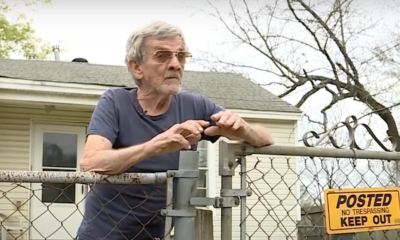
 Tactical9 months ago
Tactical9 months ago70-Year-Old Fends Off Intruder with Lead-Powered Message
-

 Preparedness6 months ago
Preparedness6 months agoEx-Ballerina’s Guilty Verdict Sends Tremors Through Gun-Owner Community
-
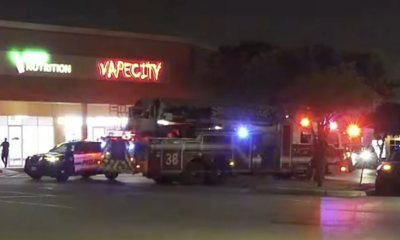
 Tactical9 months ago
Tactical9 months agoVape Shop Employee Confronts Armed Crooks, Sends Them Running
-

 Preparedness4 months ago
Preparedness4 months agoGood Samaritan Saves Trooper in Harrowing Interstate Confrontation
-
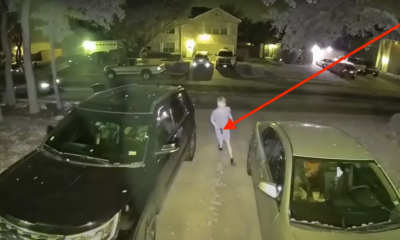
 Tactical9 months ago
Tactical9 months agoMidnight SUV Theft Interrupted by Armed Homeowner’s Retaliation
-
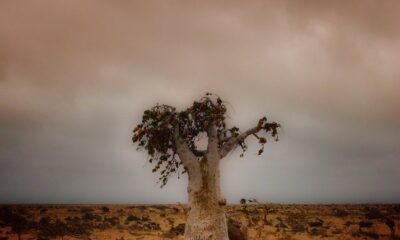
 Survival Stories1 year ago
Survival Stories1 year agoEmily’s 30-Day Experience of Being Stranded on a Desert Island
-

 Preparedness4 months ago
Preparedness4 months agoArizona Engineer’s Headless Body Found in Desert: Friend Charged
-

 Preparedness4 months ago
Preparedness4 months agoBoy Saves Dad from Bear Attack with One Perfect Shot